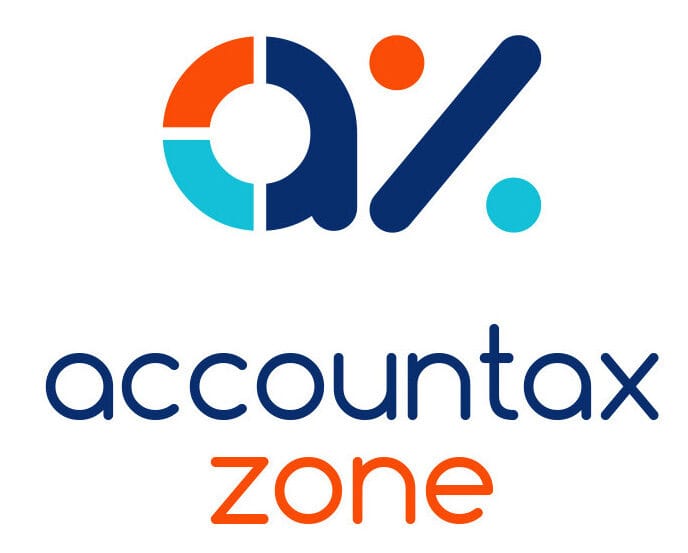Filing your VAT return doesn’t have to be complicated
If you’ve ever sat staring at your accounting software, wondering which numbers go where, you’re not alone.
Every quarter, thousands of UK business owners face the same challenge — understanding what to include, when to file, and how to stay compliant with HMRC without making costly mistakes.
The good news? Filing a VAT return is straightforward once you understand the process.
Here’s how to do it step by step:
1. Understand What a VAT Return Is
A VAT return tells HMRC how much VAT your business has charged on sales (output VAT) and how much VAT you’ve paid on purchases (input VAT).
If the VAT you’ve charged is higher than the VAT you’ve paid, you pay the difference to HMRC.
If it’s the other way round, you reclaim the difference.
Simple enough — but accuracy is key.
2. Know When Your VAT Return Is Due
Most VAT-registered businesses file every three months — this period is known as your VAT quarter.
Your deadlines are:
- Filing deadline: one month and seven days after the quarter ends.
- Payment deadline: usually the same date.
Example:
If your VAT period ends on 31 March, your VAT return and payment are due by 7 May.
Missing a deadline can lead to penalty points and interest charges.
3. Gather Your Records
Before filing, make sure you have:
- All sales invoices
- All purchase invoices and expenses
- Bank statements for the VAT period
- Any credit notes or refunds
If you’re registered under Making Tax Digital (MTD), you must keep these records digitally — either in accounting software or on approved digital storage.
4. Calculate Your VAT
You’ll need to work out:
- Total VAT charged on sales
- Total VAT paid on purchases
- The difference between the two
Check you’re using the right VAT rates (20%, 5%, or 0%) and include any adjustments, such as:
- Reverse charge transactions
- Partial exemption
- Error corrections
This is where a professional accountant can make a big difference — spotting mistakes before HMRC does.
5. File Using MTD-Approved Software
Since Making Tax Digital became mandatory, VAT returns can only be filed through HMRC-approved software.
Popular options include Xero, QuickBooks, Sage, and FreeAgent.
To file your VAT return:
- Log in to your accounting software.
- Review the VAT summary report carefully.
- Check each box — especially Box 5 (the final amount you owe or reclaim).
- Submit directly to HMRC through the software.
You’ll receive a confirmation once HMRC has received your return.
6. Pay or Reclaim VAT
After submission, HMRC will confirm whether you need to make a payment or are due a refund.
Payments can be made by:
- Direct Debit (recommended)
- Faster Payment, BACS, or CHAPS transfer
If you’re reclaiming VAT, HMRC usually processes the refund within 10 working days.
7. Keep Your VAT Records Safe
You must keep VAT records for at least six years. These include:
- Invoices and receipts
- Credit notes
- Bank statements
- Copies of submitted VAT returns
If you’re using cloud accounting software, your records are automatically stored digitally.
Summary
How to file your VAT return in the UK:
- Know your deadlines.
- Keep digital records.
- Calculate input and output VAT correctly.
- Submit through MTD software.
- Pay or reclaim the difference.
Accuracy matters more than speed — a single missed invoice or wrong VAT code can lead to penalties or lost refunds.
Professional Support
At AccounTax Zone, we help UK businesses file VAT returns accurately and on time.
From checking your records to submitting directly to HMRC, our VAT experts ensure full compliance under Making Tax Digital.
Book a free VAT review call to find out how we can make your next return simple, stress-free, and fully compliant.










